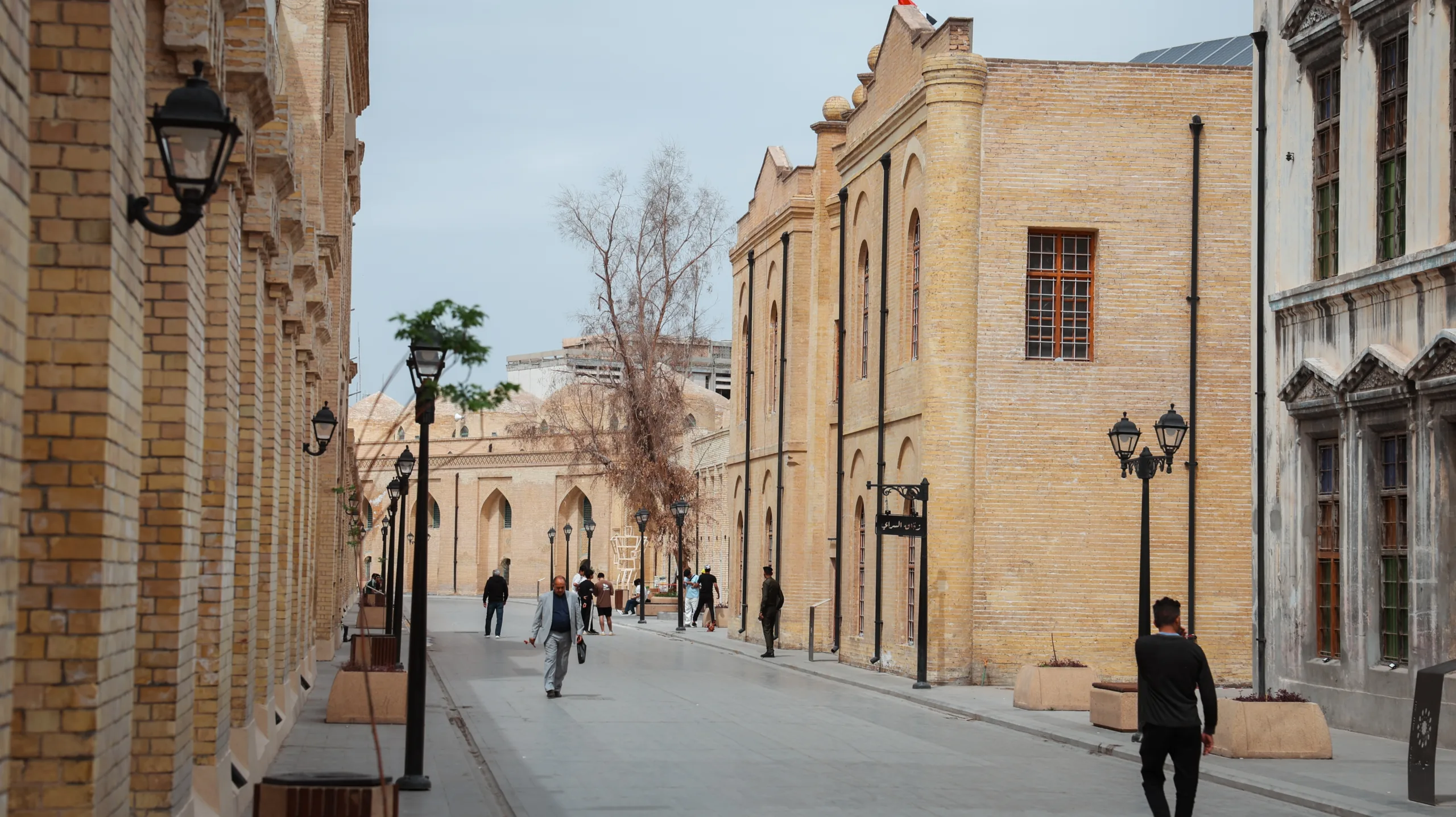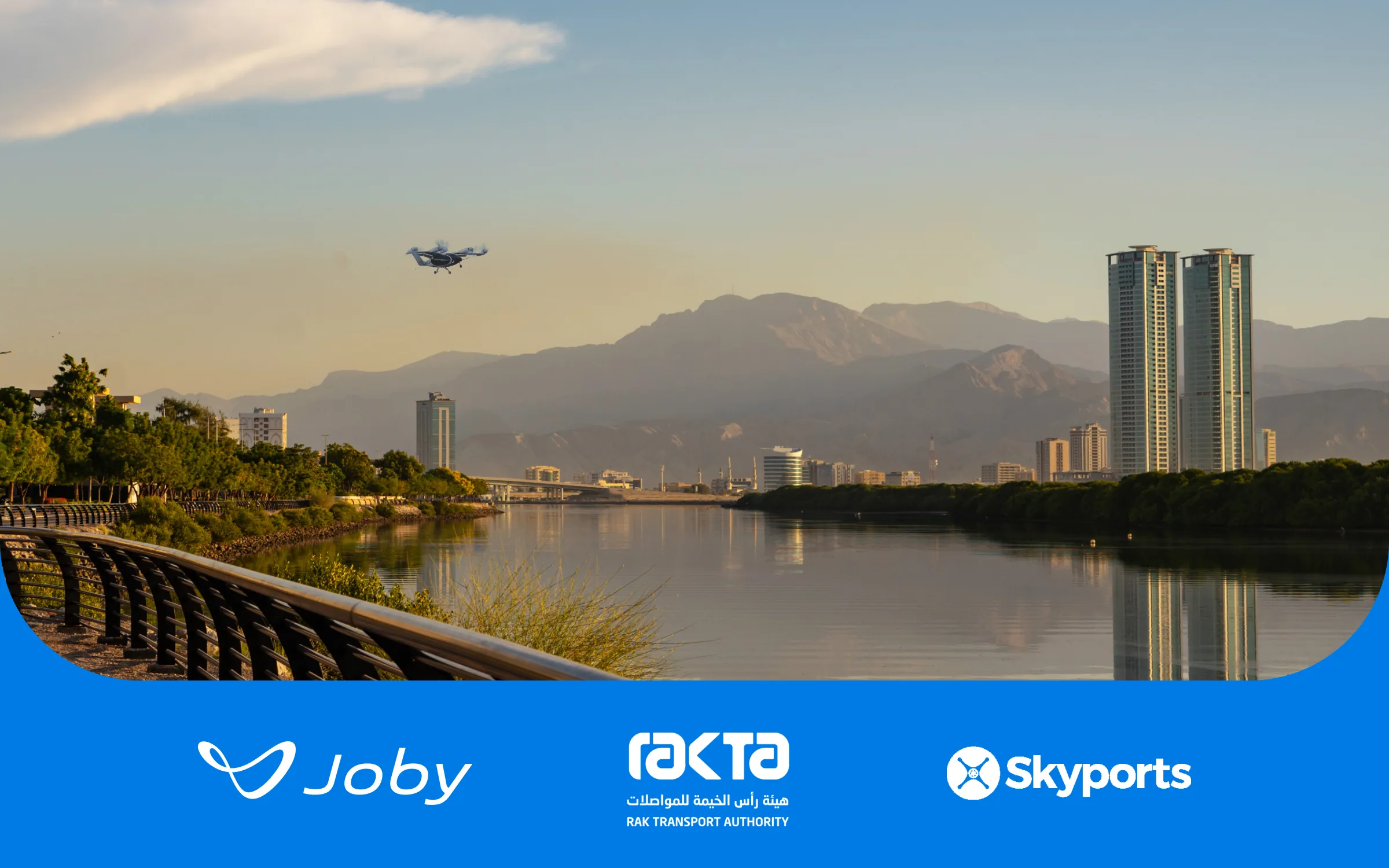In the heart of Iraq’s capital, amid the hum of traffic and the echo of history, a quiet cultural revolution is underway. Baghdad’s youth — born into years of conflict and uncertainty — are carving out a new identity through art, music, literature, and digital creativity. Their work is reshaping how the world sees the city and how the city sees itself.
A Generation Between Worlds
For decades, Baghdad has been portrayed through the lens of war and politics. Yet behind the headlines, a new generation has grown up connected to global culture through the internet, even as they remain deeply rooted in local tradition.
They are artists, filmmakers, musicians, photographers, and designers — young people who never experienced the peace their parents once knew, but who have inherited an unshakable resilience. In their hands, Baghdad is not just surviving; it is creating.
This generation came of age amid the ruins of old institutions and the rise of new platforms. Where official galleries and theaters once stood shuttered, they turned to Instagram, YouTube, and underground events. Art is no longer confined to the museum — it spills onto walls, into cafés, and across digital feeds.
Street Art and Public Expression
One of the most visible symbols of Baghdad’s creative awakening is street art. Murals now bloom on walls that once bore only the dust of war. In central Baghdad, bridges and underpasses are canvases for portraits, slogans, and colors that speak of unity and defiance.
During recent protest movements, young artists used public walls as open newspapers. They painted faces of lost friends, slogans calling for reform, and symbols of hope. For many, art became an act of remembrance and protest — an assertion that creativity could not be silenced.
Street art collectives have since emerged, combining graffiti, calligraphy, and political expression. Their murals blend Arabic script with contemporary forms, turning public space into a dialogue between generations.
Music, Rhythm, and Rebellion
Music has always flowed through Baghdad, but today’s soundscape is different. Young musicians are experimenting with everything from indie rock and hip-hop to traditional maqam. Home studios are replacing state-run conservatories, and laptops have become instruments of production.
Artists mix oud and electric guitar, classical poetry and modern beats. Lyrics often touch on identity, disillusionment, and love — subjects once considered taboo in public expression.
Cafés double as performance venues, where small crowds gather to listen to experimental bands or acoustic poets. In a city where nightlife is cautious and curfews can still shadow the streets, these spaces offer an atmosphere of fragile freedom.
Music festivals are beginning to reappear as well, many organized by youth collectives. They are small, often self-funded, but full of energy — a celebration of resilience and expression against the odds.
Film and Photography: Baghdad Through New Eyes
Iraqi cinema, long constrained by censorship and lack of resources, is seeing a modest resurgence through the passion of young filmmakers. Affordable digital cameras and online platforms have lowered barriers to entry.
Short films circulate online, exploring themes from everyday struggle to memory, displacement, and identity. Young directors often shoot guerrilla-style, turning the city’s alleys and rooftops into film sets. Their works travel to regional festivals, telling Baghdad’s story from within rather than from afar.
Photography has also become a powerful medium of storytelling. Young photographers document street life, family rituals, and urban decay — capturing moments that reflect both pain and pride. Their images travel widely on social media, creating a visual archive of a city in transformation.
Literature and Spoken Word
Baghdad’s literary tradition is centuries old, but it is being reimagined by young voices. Poetry readings have returned to cafés and cultural centers, often mixing Arabic, Kurdish, and English.
Spoken word nights attract crowds of students, writers, and dreamers. The themes are contemporary — freedom, identity, belonging — but the rhythm is ancient. These events bridge the gap between the poetic Baghdad of the past and the restless Baghdad of today.
Small publishing collectives have emerged to support new writers, many producing limited-run poetry anthologies or art magazines. Some are printed on home printers, others shared as PDFs or social media zines. It’s a return to grassroots publishing — a handmade literary revival.
Digital Spaces and the Global Connection
Technology has allowed young Iraqi artists to bypass traditional gatekeepers. Social media platforms are now galleries, theaters, and stages. Through them, Baghdad’s youth connect with artists in Beirut, Cairo, Berlin, and beyond.
This digital connectivity has fostered collaboration and exchange. Iraqi illustrators design for international projects, DJs share their mixes with listeners abroad, and writers publish their work to global audiences.




